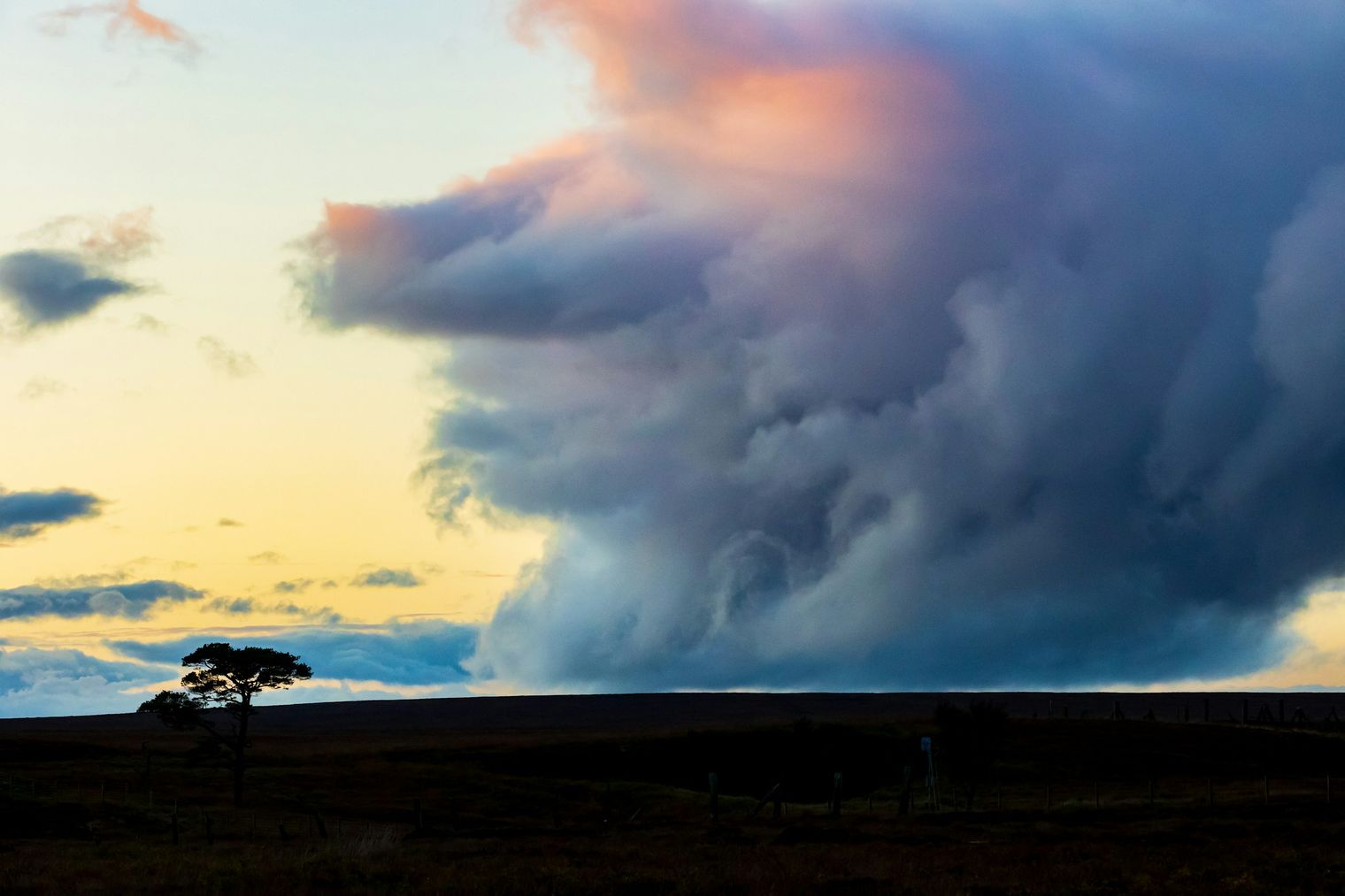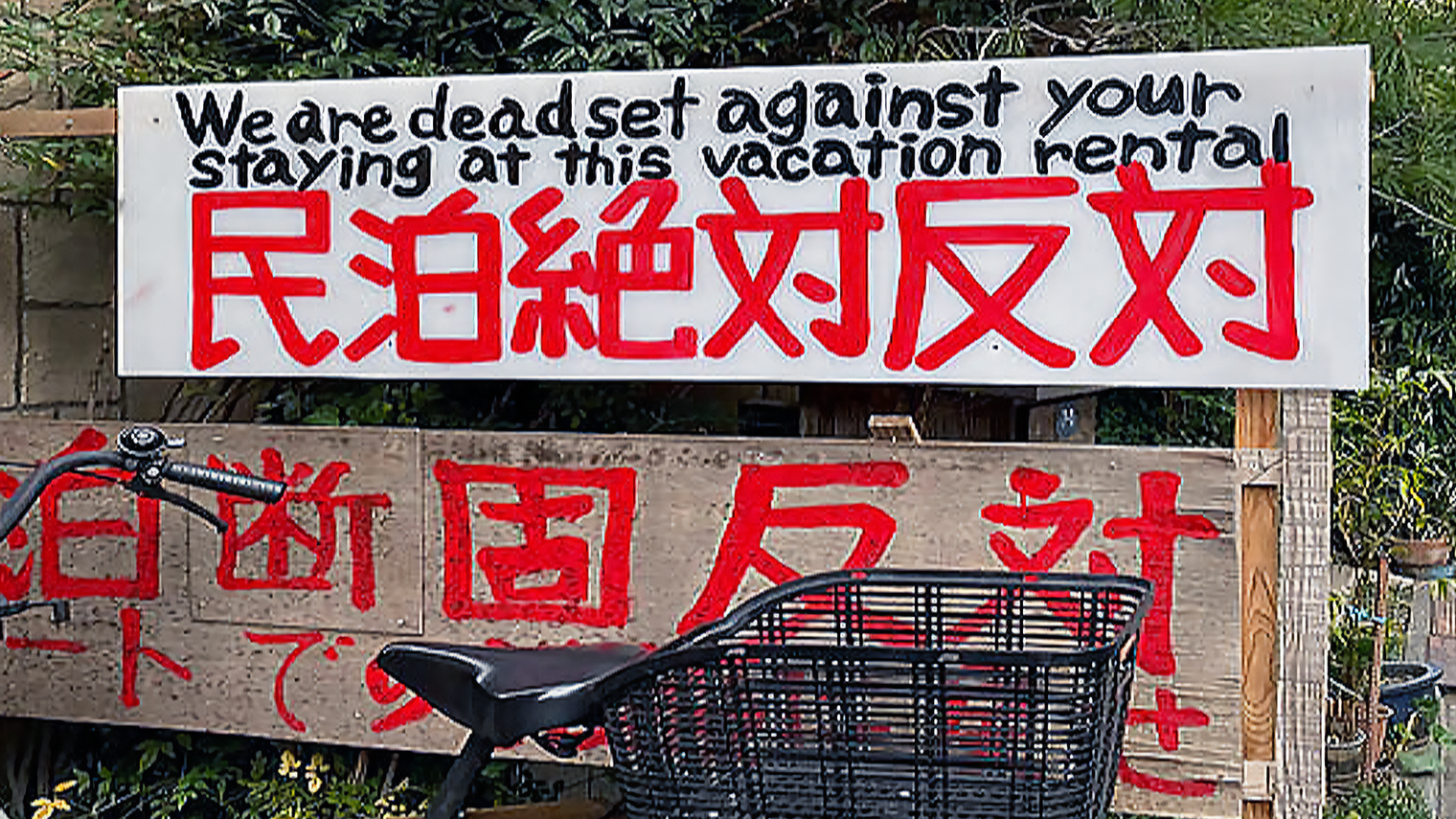
Reasons Why You Need to be Ahead of the Curve
“I saw the Cloud, though I did not foresee the Storm.”
― Daniel Defoe, ‘Moll Flanders’
Before we explore potential alternative options for safe assets with stable passive income. It's crucial to review what we've covered so far. We discussed how the concept of super-debt is changing the approach to investing in US Treasury bonds. We discussed why the evolving supply-chain structure will likely make high inflation challenging to beat in the near future. We talked about the importance of identifying safe assets that provide stable passive income before the next recession. The investment landscape is expected to become increasingly challenging. Here's why.
Post super-debt cycle
It's shocking to learn that 30% of the S&P 500 index value is attributed to just seven of its largest companies. Apple alone accounts for 7%. Can passive index investing continue to deliver the same returns or same level of diversification? The endless supply of money in recent decades has led to the creation of 'zombie companies'. Businesses generate just enough revenue to pay interest but are incapable of repaying debt. These companies have relied on the era of low interest rates for survival. These companies are responsible for dragging down the overall performance of the economy. This method is not sustainable in a high-interest-rate environment. The economy will have to undergo a process of 'cleansing' to eliminate these unviable businesses.
Moody's highlighted in October that junk-rated firms have $1.87 trillion of debt maturing between 2024 and 2028. As debt matures in 2024, these borrowers will struggle to refinance or access new debt, Moody's noted. This is despite market expectations for the Federal Reserve to begin cutting rates later this year.
Last of the baby boomers retiring
By 2030, all baby boomers — those born between 1946 and 1964 — will have reached the age of 65 or older. As this demographic ages, their spending habits are expected to decline. There is expected to be a shift in their investment strategies that prioritize preserving value and steady cash flow. Their primary focus will shift towards the safety of their savings, leading them to move away from risky investments like stocks.
Reduced spending power of the middle class
As the wealth gap widens, the spending power of the middle class continues to decline. Due to a significant portion of their finances being allocated to major expenses like housing. This trend could result in two significant outcomes: First, the reduced spending capacity of the middle class may lead to lower profits for companies. Impacting the overall performance of the economy and index investments negatively. Second, with decreasing disposable income. The middle class's willingness to tolerate stock market risks may also decrease. This situation is likely to worsen in a high-interest-rate environment. It will further limit the middle class's ability to spend or invest.
Dying of commercial / regional bank
Bankruptcy filings of Silicon Valley Bank, Signature Bank, and First Republic Bank highlights the regional bank's crisis. A major factor contributing to this crisis is their exposure to U.S. Treasury bonds, whose values have plummeted due to sudden rate hikes. Even larger banks have felt the impact, with significant paper losses totaling $650 billion. In addition, BlackRock's iShares 20+ Year Treasury fund, was declined up to 48% since April 2020. The Banking crisis 2.0 is rooted in the collapse of commercial real estate markets across three continents. New York Community Bancorp, Aozora Bank, and Julius & Baer have all suffered substantial losses from commercial property loans. This appears to be just the beginning, with more banks expected to face similar challenges in the near future.
All the factors mentioned above are all potential risks that make the market more complex and unpredictable. Investors must prepare themselves for any circumstances. You want investments that offer peace of mind. Like the ants saved up for winter, not the unprepared cricket from Aesop's fables.
Your strategy should include sound assets.
Your strategy should include stable passive income.
Your strategy should include risk diversification.
“It just ain't the same, old ways have changed
New days are strange, is the world insane?”
“Black Eyed Peas”, ‘Where is the love?’
Article's References & Suggested Reads:
By Harriet Clarfelt, Financial Times, January 17, 2024
By Sam Goldfarb, The Wall Street Journal, Updated June 25, 2023
By Peter Grant, The Wall Street Journal, January 16, 2024


